Editor's Note: The challenges our cities face are growing, but so is the strength of this movement. Every story we share, every idea we spread, and every tool we build exists because people like you are committed to showing up. Your membership isn’t passive—it’s the momentum that makes change possible.
What if your town had to make room for 5,000 new residents? Could your current development pattern handle it—without overwhelming infrastructure, draining public coffers, or undermining quality of life?
That’s the question facing Maryland’s Eastern Shore, where a wider Chesapeake Bay Bridge is under consideration. That original span, which replaced ferries as the main crossing between the Shore and the western half of the state, helped transform the region both in mobility and population. In the decades following its construction, counties like Queen Anne’s saw their population nearly double.
If a second bridge triggers even a fraction of that growth, where would new residents go—and how would communities afford to serve them?
To help answer that question, Urban3, a firm specializing in land value economics, modeled what different growth scenarios might look like. What they found mirrors a lesson seen across the country: when towns focus on expanding outward, they often take on far more in long-term liabilities than they recoup in value. That means the question facing every town and city is not whether growth will happen, but how we choose to grow.

Where Is Everyone Coming From?
From the mid-20th century through today, many American towns have seen their populations shrink. St. Louis, Missouri famously lost nearly half its residents in just 50 years. Cities like Cleveland, Ohio, and Buffalo, New York faced similar declines as industry left and young people followed.
But the tides are shifting. Some communities are seeing their children return, ready to raise families where they grew up. Others are seeing renewed job opportunities, sparked by local entrepreneurship or policy success. Some neighborhoods are welcoming people relocating from places affected by hurricanes, wildfires, or floods—whether for the long term or just to get back on their feet. And then there’s the simple fact that the planet has a billion more people today than it did a century ago.


The Limits of the Old Playbook
Every time a new development goes in on the edge of town, local governments take on the responsibility to serve it: roads must be paved and eventually repaved; water and sewer lines must be laid, maintained, and replaced; police and fire departments must expand their coverage areas; school buses must drive farther; snowplows must take longer routes. These costs don’t just come once—they recur, indefinitely.
The issue isn’t that growth costs money—it’s that some growth leaves us poorer in the end. What Urban3 has uncovered time and time again is that when homes are widely spaced and commercial buildings come with acres of parking that sit mostly empty, there simply isn’t enough taxable value per acre to cover the infrastructure that supports them. Over time, the gap between what these areas cost and what they produce grows—leaving towns with more liabilities than they can afford to maintain.
This is how cities and towns, even in times of growth, can find themselves in financial distress. They’re building more—but not necessarily building long term prosperity.
Take Lafayette, Louisiana. An infrastructure analysis there revealed the city had taken on $32 billion in infrastructure obligations, with only $16 million in projected revenue to maintain it. That shortfall wasn’t caused by stagnation, it was caused by growth that couldn’t pay its own way. As a result, local leaders were weighing devastating tax increases.
“To maintain just the roads and drainage systems that have already been built, the family in that median house would need to have their taxes increase by $3,300 per year,” Strong Towns reported in 2015. “That assumes no new roads are built and existing roadways are not widened or substantively improved. That is $3,300 in additional local taxes just to tread water.” $3,300 would translate to nearly a 533% tax increase in a place where, at the time, the median annual income hovered around $40,000 per household.
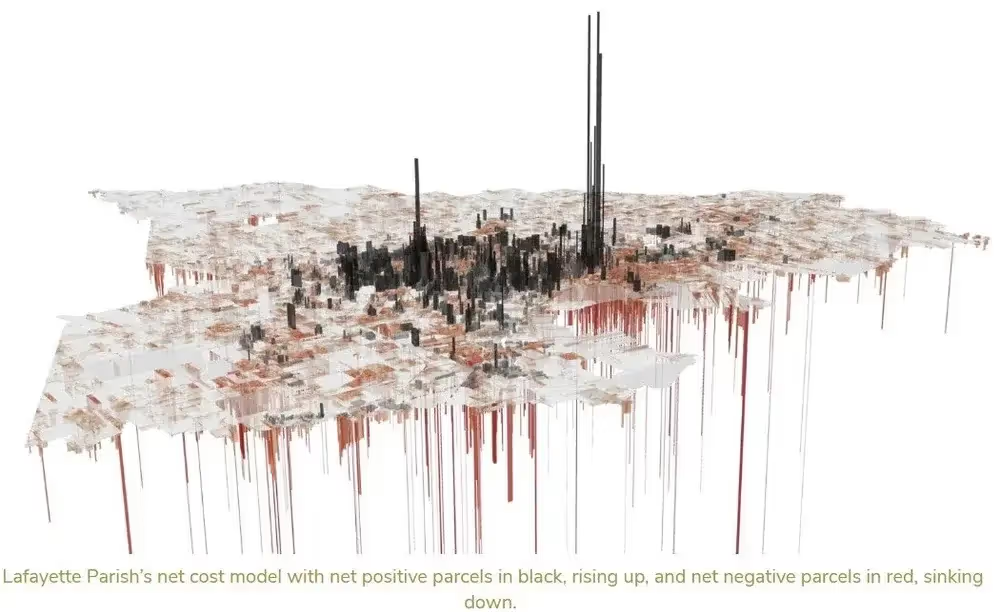

Similar patterns have emerged in places like Houston, Asheville, and parts of suburban Chicago, where new developments on the edge of town generate long-term costs—roads, pipes, services—without a corresponding increase in tax base.
On Maryland’s Eastern Shore, the risks of business-as-usual growth are intensified by geography. As Urban3’s Senior Analyst Leah Handwerger notes, much of the region is either protected for farming, vulnerable to flooding, or not well-suited for development at all. Building outward means building into risky terrain—floodplains, wetlands, poorly drained soils—that invite long-term liabilities: damaged homes, costly emergency response, inflated insurance premiums, and infrastructure that fails when it’s needed most.
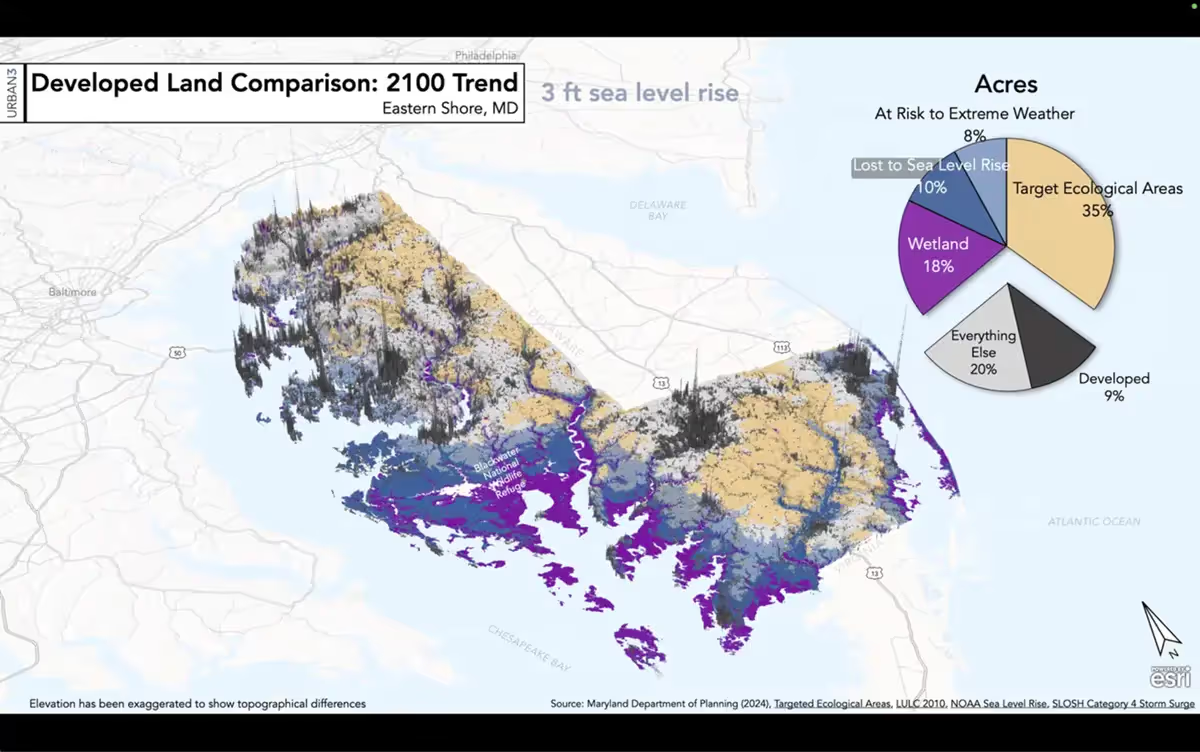
Outward expansion also means introducing more impervious surfaces—roads, driveways, parking lots—that prevent water from infiltrating the ground. The result is increased runoff, which strains stormwater systems, degrades water quality, and raises the risk of localized flooding and infrastructure failure. A 2021 study found that a 10% increase in impervious surface area can drive a 20–25% increase in stormwater runoff volumes, especially in low-elevation coastal areas. The EPA similarly notes that as runoff increases, local governments face steeper costs to retrofit drainage infrastructure and comply with water quality regulations.
In other words, following the familiar pattern of growth would lock Maryland’s local governments holding the bag, committed to maintaining expensive infrastructure with limited return.
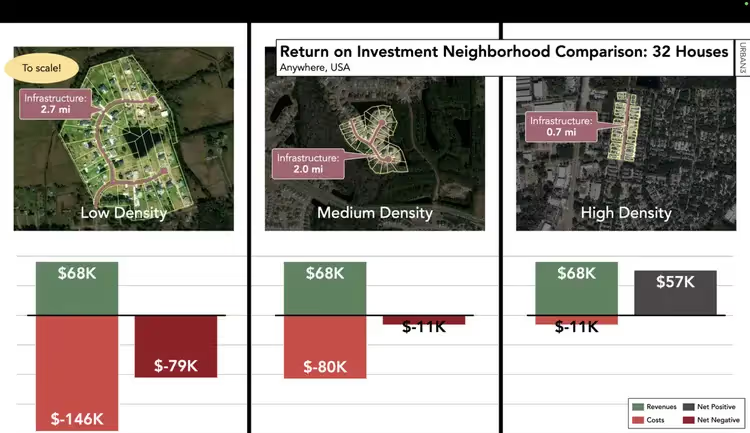

Maryland Isn’t Locked Into One Future
So what’s the alternative—especially if a wider bridge spurs more growth? The starting point is to recognize what already works. Compact, walkable neighborhoods make better use of public resources. They generate more tax revenue per acre, require less infrastructure per household, and adapt more easily to change.
That doesn’t mean high-rises on every corner. Compact growth can be quiet, even invisible at street level. A garage apartment here, a duplex tucked behind a tree-lined street there. These small, steady additions allow communities to grow without overextending themselves or erasing what people already love about where they live.
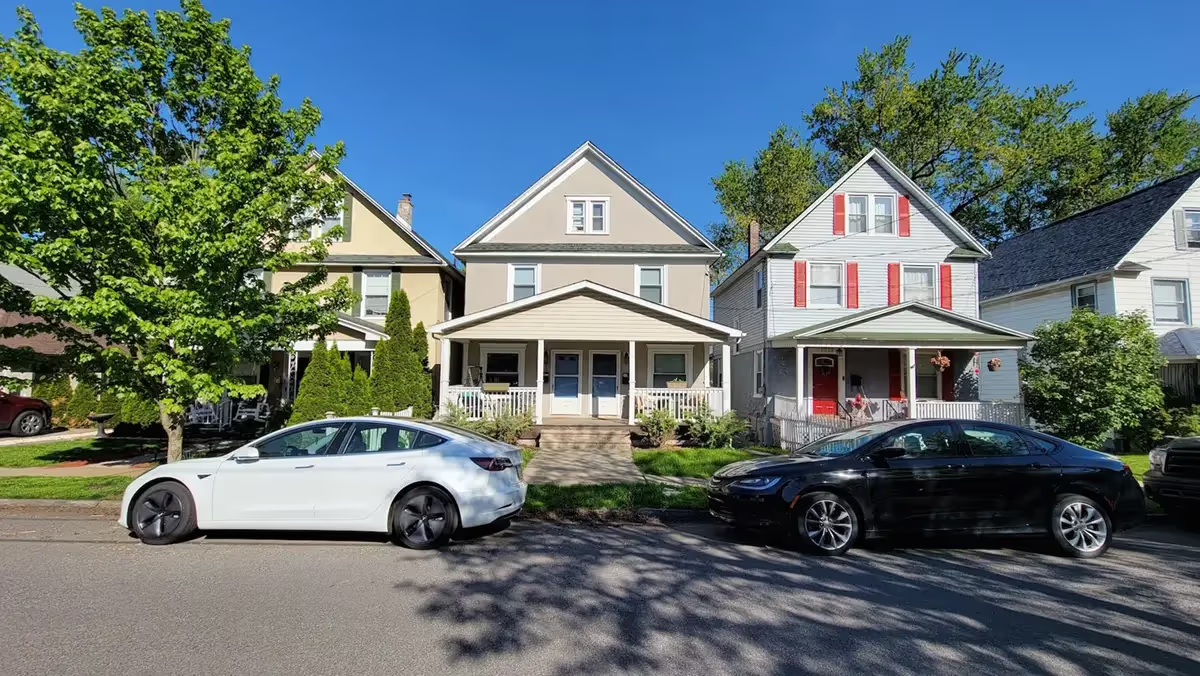

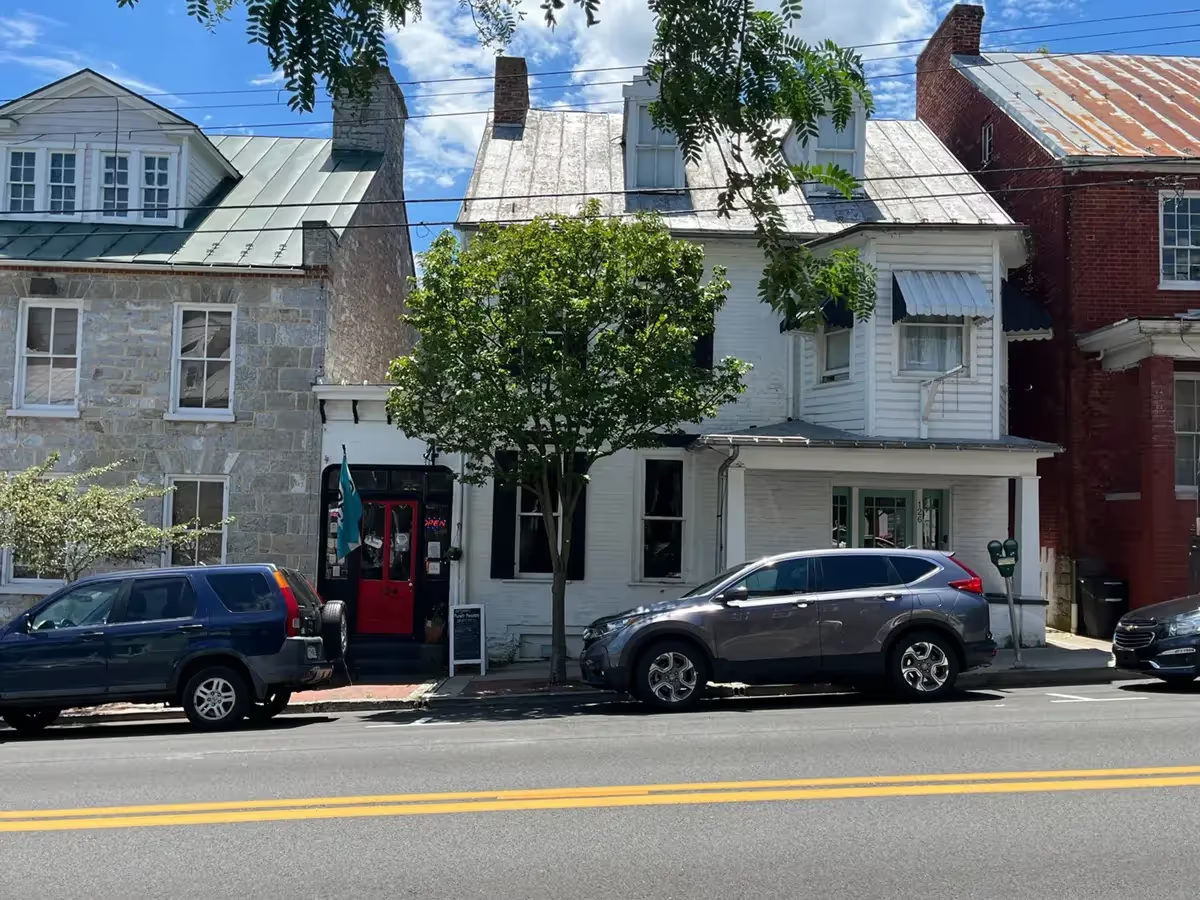
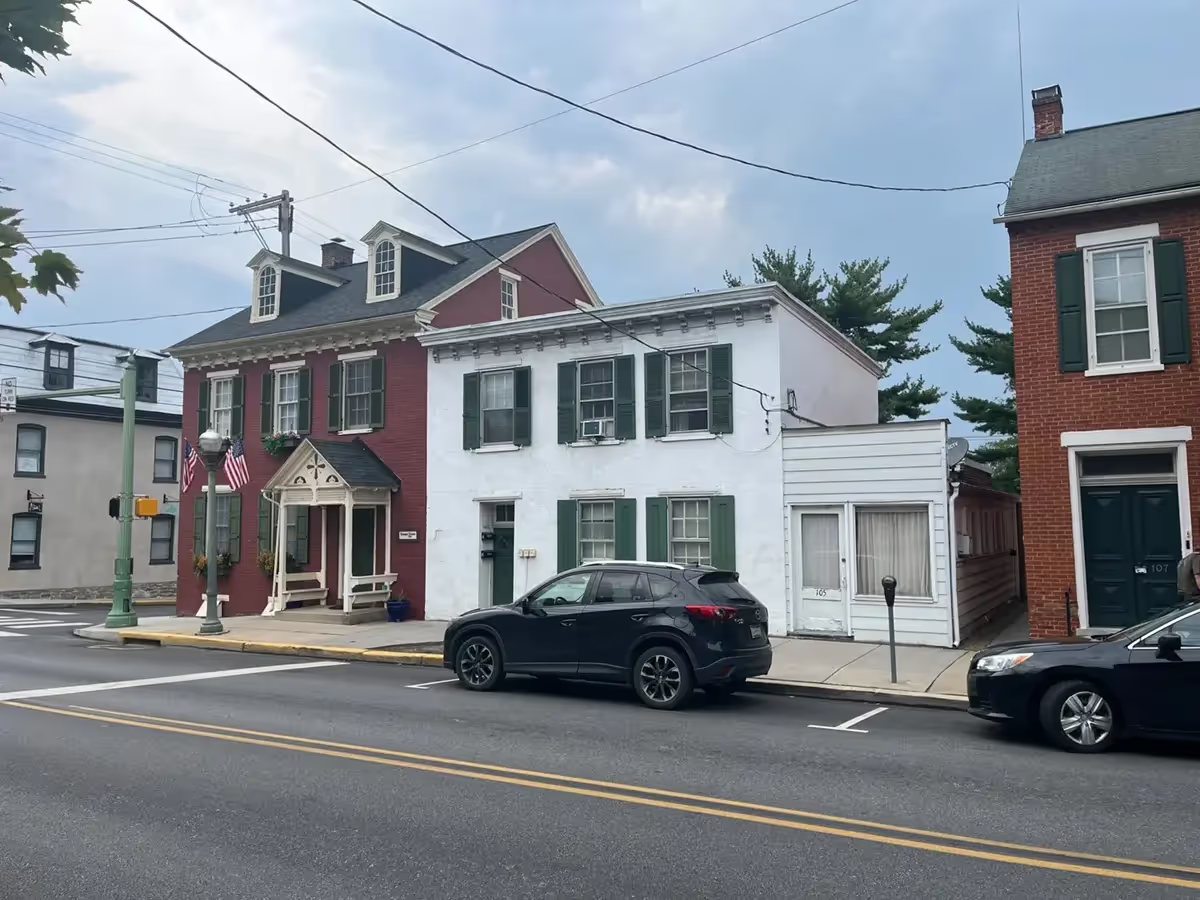
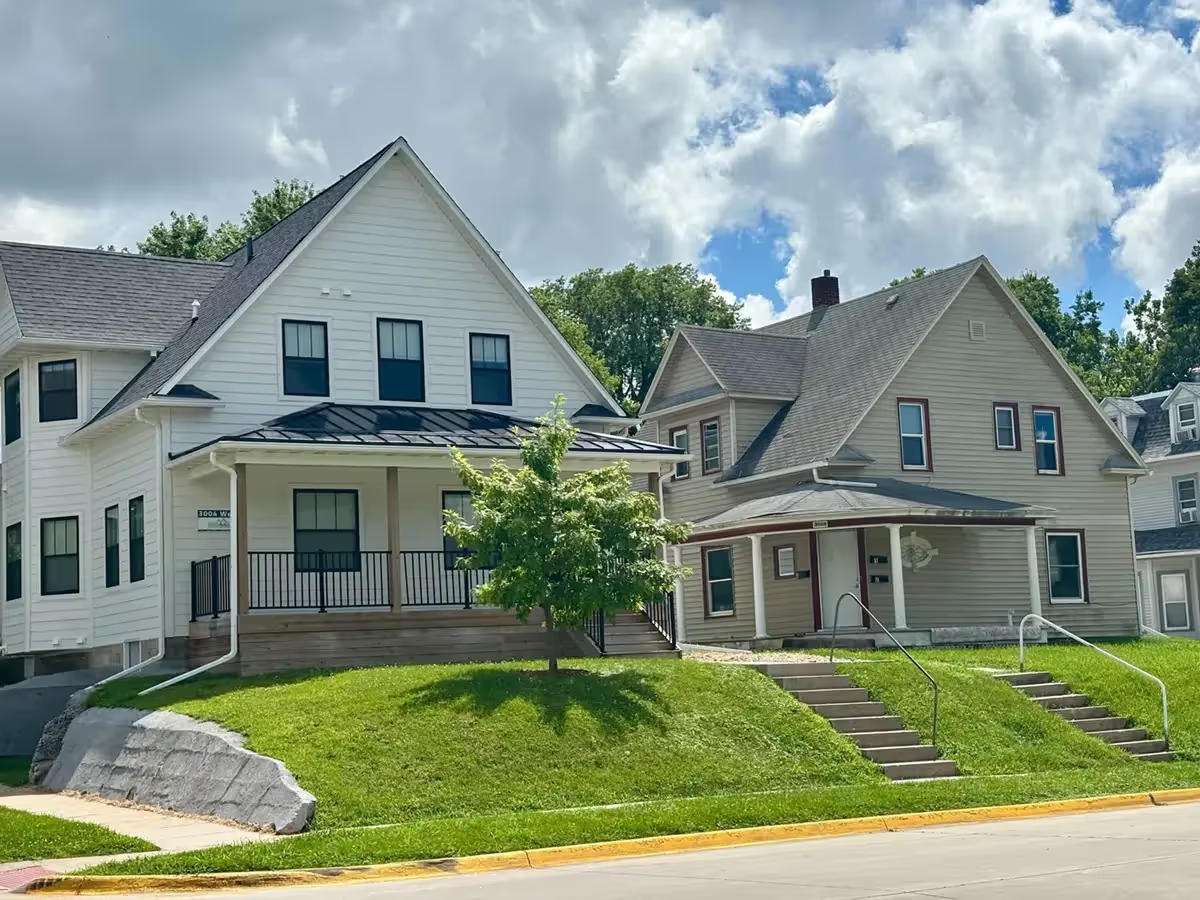

Instead of building outward into risky terrain, towns can grow inward—through small, incremental steps that add capacity without overloading public budgets. That might mean legalizing accessory dwelling units (ADUs) so homeowners can add a backyard cottage or in-law suite. (As of this writing, Maryland is actively working to legalize and promote ADUs through statewide legislation.) It could also mean revising zoning rules to allow large homes to be quietly converted into duplexes or triplexes. Rethinking rigid parking requirements, too, can unlock new possibilities. By tailoring parking standards to context rather than enforcing a one-size-fits-all mandate, towns can support more compact, connected neighborhoods.
Every town will be asked to grow. Maybe not today, maybe not all at once. But when that moment comes, the way we grow has to support long-term resilience, not just accommodate short-term demand.




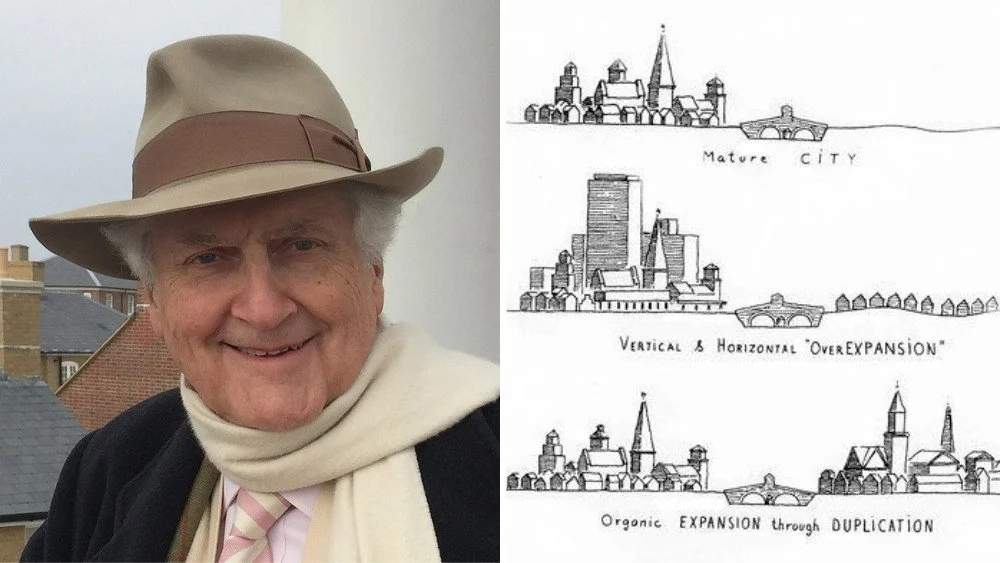
.webp)